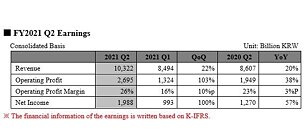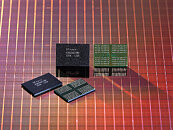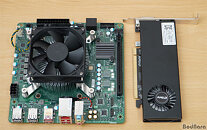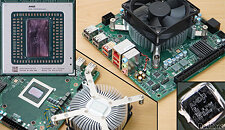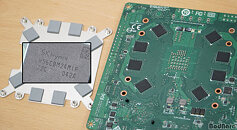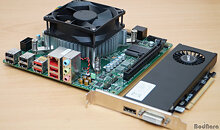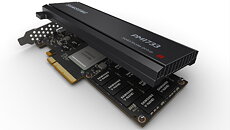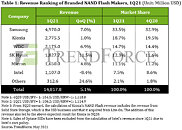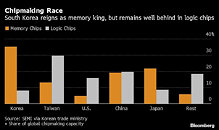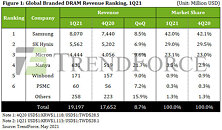
SK hynix Announces PCI-Express 4.0 Platinum P41 Solid State Drives
SK hynix today unveiled the Platinum P41, the fastest M.2 NVMe SSD under the NAND flash and DRAM manufacturer's own marquee. Built in the M.2-2280 form-factor, the drive is targeted at the DIY PC enthusiast segment, and is the company's first client-segment drive to take advantage of the PCI-Express 4.0 x4 host interface. The drive combines an in-house controller design by the company, codenamed "Aries," with the company's latest 176-layer 3D NAND flash, and a DDR4 DRAM cache.
The SK hynix Platinum P41 comes in three variants based on capacity—500 GB, 1 TB, and 2 TB. All three feature a compact design. The company didn't release variant-specific performance numbers, but made broad performance claims for the series. It offers sequential reads of up to 7,000 MB/s, with up to 6,500 MB/s sequential writes, up to 1.4 million IOPS 4K random reads; and up to 1.3 million IOPS 4K random writes. The endurance claims for the 500 GB variant are 500 TBW, for the 1 TB are 750 TBW, and for the 2 TB variant are 1,200 TBW. The drives are backed by 5-year warranties. The company will release pricing and availability later into Q1 2022 (before April).
Update Jan 4th: Additional technical details on the 176-layer NAND flash can be found here and here.
Hynix also confirmed to us that the Platinum P41 uses Hynix components exclusively: "The P41 uses TLC, SK hynix Aries controller, SK hynix NAND & DRAM." This also clarifies that the drive is TLC, so there's no chance for stealth component changes to QLC like on some other vendors.
The SK hynix Platinum P41 comes in three variants based on capacity—500 GB, 1 TB, and 2 TB. All three feature a compact design. The company didn't release variant-specific performance numbers, but made broad performance claims for the series. It offers sequential reads of up to 7,000 MB/s, with up to 6,500 MB/s sequential writes, up to 1.4 million IOPS 4K random reads; and up to 1.3 million IOPS 4K random writes. The endurance claims for the 500 GB variant are 500 TBW, for the 1 TB are 750 TBW, and for the 2 TB variant are 1,200 TBW. The drives are backed by 5-year warranties. The company will release pricing and availability later into Q1 2022 (before April).
Update Jan 4th: Additional technical details on the 176-layer NAND flash can be found here and here.
Hynix also confirmed to us that the Platinum P41 uses Hynix components exclusively: "The P41 uses TLC, SK hynix Aries controller, SK hynix NAND & DRAM." This also clarifies that the drive is TLC, so there's no chance for stealth component changes to QLC like on some other vendors.























